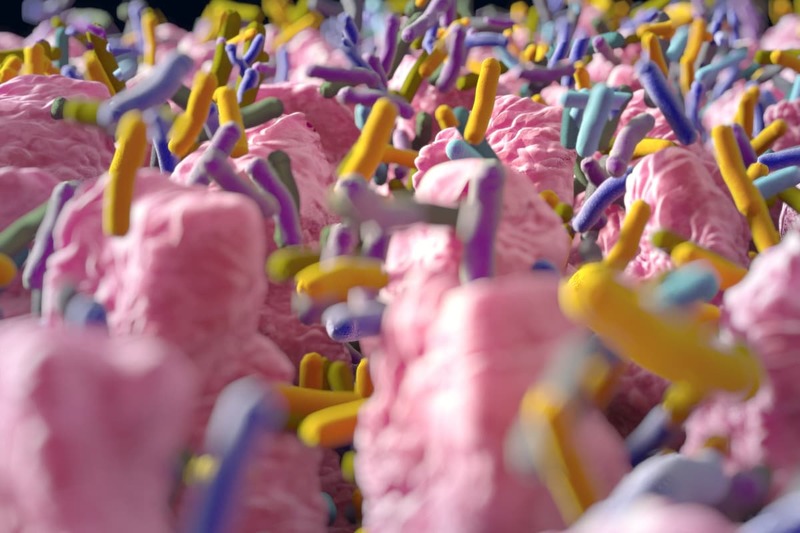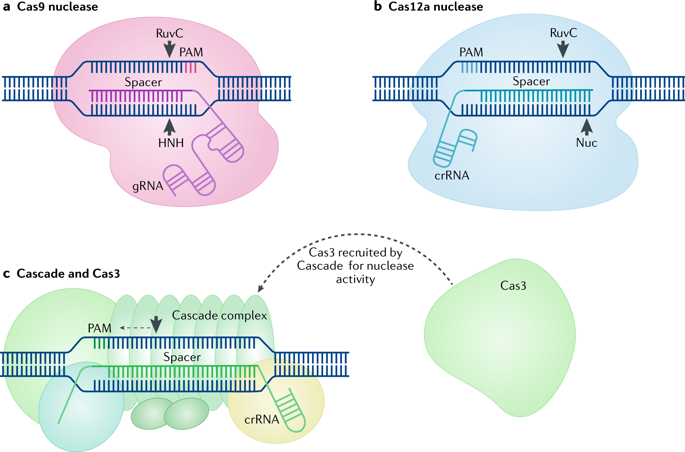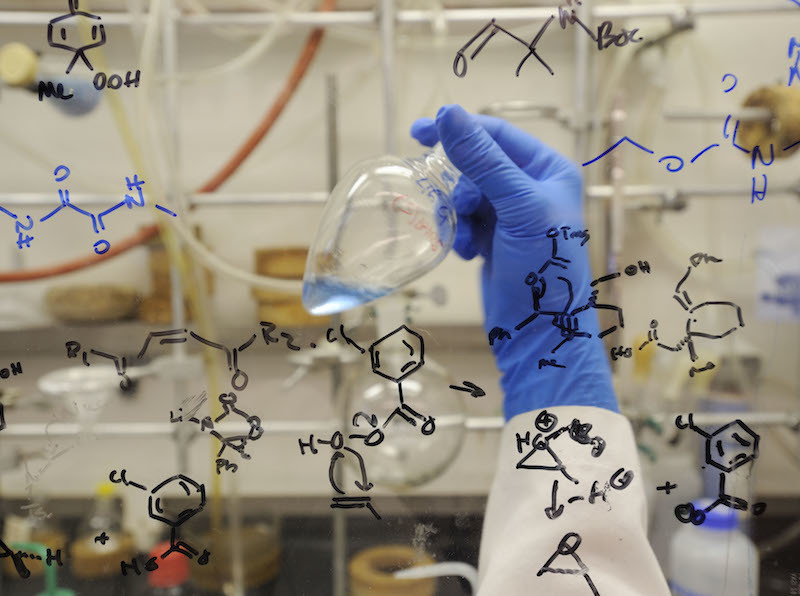
|
| Obelisks: Completely new type of "biological entity" discovered in our bodies |
|
Our bodies are home to trillions of microbes, including bacteria, viruses, fungi, and a whole host of others. Now, Stanford scientists have discovered an entirely new class of biological entities inside us, which they've ominously named "Obelisks." |
|
Feb 16, 2024
by
Michael Irving - New Atlas
Science & Medicine Blogs |
.jpg)
|
| Researchers show SARS-CoV-2 genes can be integrated into the human genome |
|
Researchers in the United States have shown that genes from severe acute respiratory syndrome coronavirus 2 (SARS-CoV-2) - the causative agent of coronavirus disease 2019 (COVID-19) - can be integrated into the genome of infected human cells. The team says the viral RNA can be expressed as chimeric transcripts with fused cellular and viral sequences. |
|
Apr 08, 2023
by
Sally Robertson, B.Sc. - News Medical LifeSciences
Science & Medicine News |

|
| DNA Polymerase Theta Shown to Reverse Transcribe RNA |
| Researchers from Thomas Jefferson University have reportedly found evidence that RNA segments can be written back into DNA, which potentially challenges the central dogma in biology and could have wide implications affecting many fields of biology. |
|
Jun 27, 2021
by BioCompare
Science & Medicine News |
.jpg)
|
| The origin of SARS-CoV-2 furin cleavage site remains a mystery |
|
The ongoing pandemic of coronavirus disease 2019 (COVID-19), caused by the severe acute respiratory syndrome coronavirus 2 (SARS-CoV-2), has largely defied attempts to contain its spread by non-pharmaceutical interventions (NPIs). With the massive loss of life and economic damage, the only way out, in the absence of specific antiviral therapeutics, has been the development of vaccines to achieve population immunity. |
|
Feb 17, 2021
by
Liji Thomas - NewsMedical.net
Science & Medicine News |

|
| The next generation of CRISPR-Cas technologies and applications |
|
CRISPR-Cas systems have revolutionized genome editing, and the CRISPR-Cas toolkit has been expanding to include single-base editing enzymes, targeting RNA and fusing inactive Cas proteins to effectors that regulate various nuclear processes. Consequently, CRISPR-Cas systems are being tested for gene and cell therapies. |
|
Jul 04, 2019
by
Duke University via Nature
Science & Medicine News |

|
| Broad Institute Research Roundup - June 2019 |
|
Seeing cells through a DNA lens, bringing new autism genes to the forefront, mining tuberculosis mutants for new treatment options, and more. |
|
Jun 21, 2019
by
Broad Institute
Science & Medicine Articles |
Go to Top